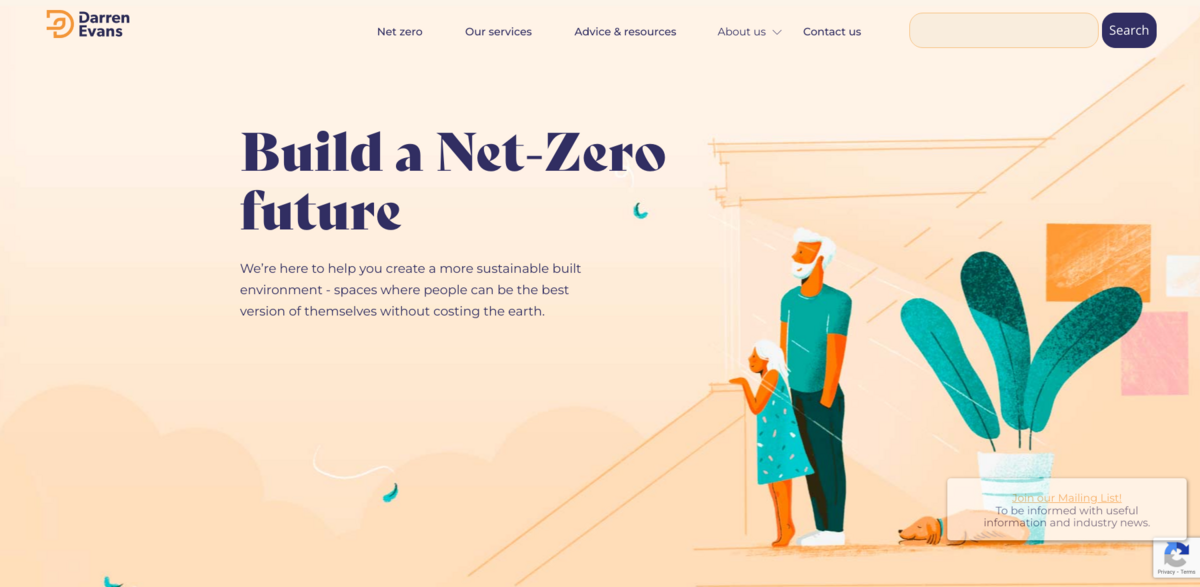Building a Net-Zero Future: What This Project Is All About
This initiative is all about creating a more sustainable built environment—spaces designed so people can truly thrive without costing the earth. It’s focused on delivering low carbon solutions that align with evolving building regulations, cutting through the complexity to offer tailored options that meet diverse needs. The approach? Listening carefully to challenges, exploring innovative solutions with cutting-edge software and tech, and providing bespoke strategies that balance cost, compliance, and carbon impact. Early involvement in projects is key to maximizing benefits in cost efficiency and carbon reduction.
Main Benefits: Key Figures and Facts
- Achieves operational net-zero carbon homes at scale, showcased by the Zed House concept.
- Supports meeting net zero and whole life carbon targets in modular and unique construction sectors.
- Offers six simple steps to achieve net-zero in construction, simplifying what can seem complex.
- Helps minimize carbon offsetting requirements, increasingly important as planning authorities tighten regulations.
- Boasts a B Corp score of 83.8, reflecting strong commitment to sustainability and social impact.
Six Steps to Achieve Net-Zero in Construction
Getting to net-zero in construction doesn’t have to be rocket science. It starts with a fabric-first approach—think super high insulation and airtight designs that slash energy demand. Next up, renewable heating and energy come into play, with PV panels and heat pumps tailored to the site’s specifics. Then, ensuring net-zero operational performance is crucial—making sure buildings are powered by renewable sources, whether on-site or off-site. Watch out for the performance gap, too: new builds often emit 2.5 times more carbon than planned, but going net-zero operational can close that gap. Finally, minimizing carbon offsetting is key, because the less you need to offset, the better—especially with stricter planning rules.
Choosing Low Carbon Materials
Materials matter—a lot. The energy it takes to create them, how much you use, their lifespan, and recyclability all factor into the carbon footprint. The project emphasizes smart choices: less is best, avoid aluminium just for looks due to its high environmental cost, reduce concrete volumes in foundations, and lean on plant-based alternatives like timber or hemp. Strong recyclable materials such as metals and steel also play a big role in cutting embodied carbon.
Exploring Bespoke Solutions for Every Challenge
Every project is unique, and so are the solutions. By combining deep knowledge of building regulations with the latest technology, this project investigates challenges thoroughly. It’s not about rushing but understanding what’s really needed. This approach ensures a range of options tailored to balance cost, compliance, and carbon impact—because the earlier these conversations happen, the bigger the impact on efficiency and sustainability.
Project Impact: Linking to Sustainable Development Goals (SDGs)
- SDG 7: Affordable and Clean Energy – promoting renewable energy integration in buildings.
- SDG 9: Industry, Innovation, and Infrastructure – advancing innovative construction methods.
- SDG 11: Sustainable Cities and Communities – creating healthier, low-carbon living spaces.
- SDG 12: Responsible Consumption and Production – encouraging low carbon materials and waste reduction.
- SDG 13: Climate Action – directly addressing carbon emissions in the built environment.
What Can Be Achieved: Innovative Zero-Carbon Homes
The project showcases how to build innovative, zero-carbon homes that don’t just meet targets but pioneer new standards. Prefabricated steel modular buildings, for example, are leading the way with 100% operational renewable energy targets. It’s about pushing boundaries, proving that sustainability and cutting-edge design can go hand in hand to create homes that are as good for people as they are for the planet.





















